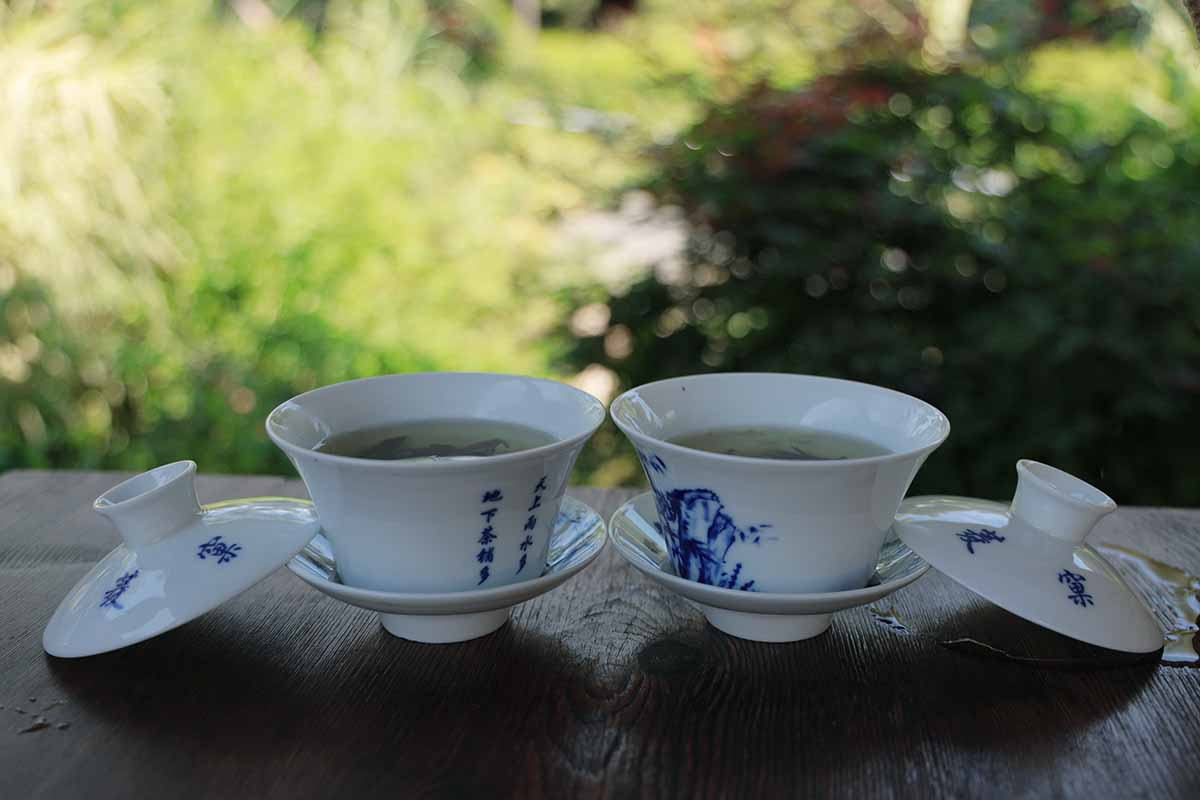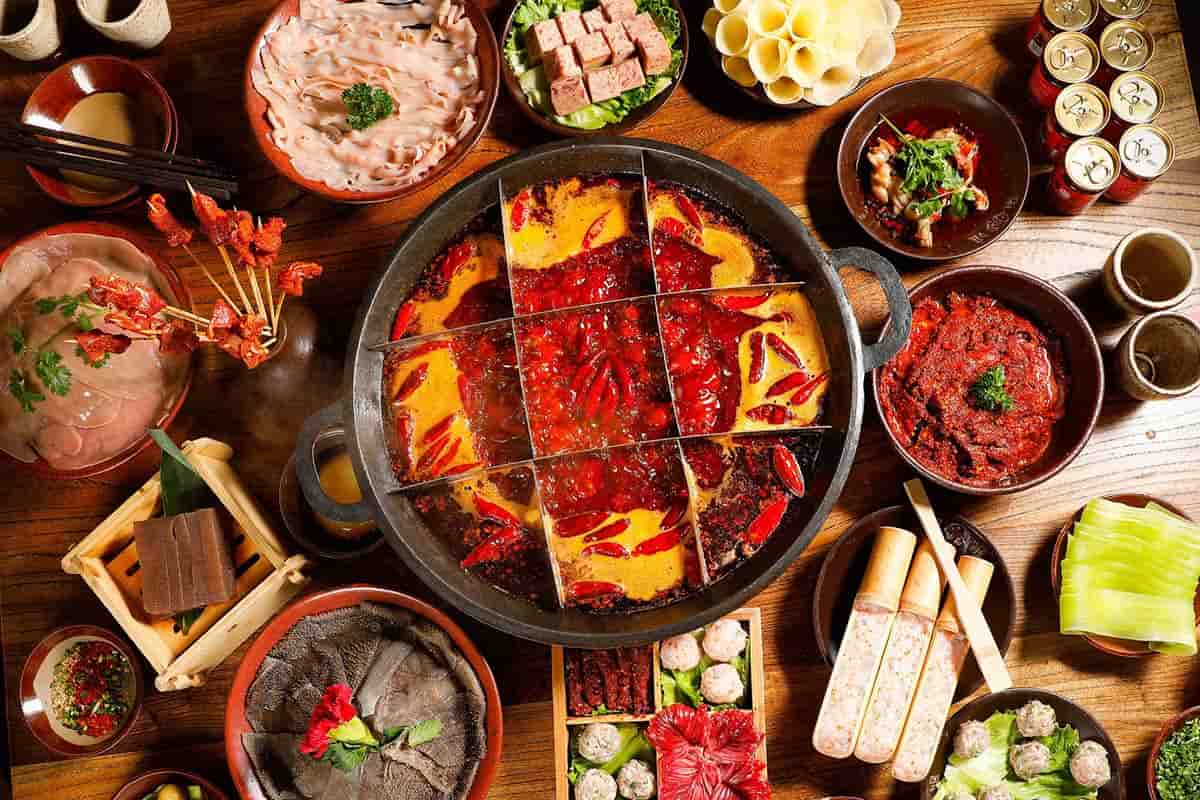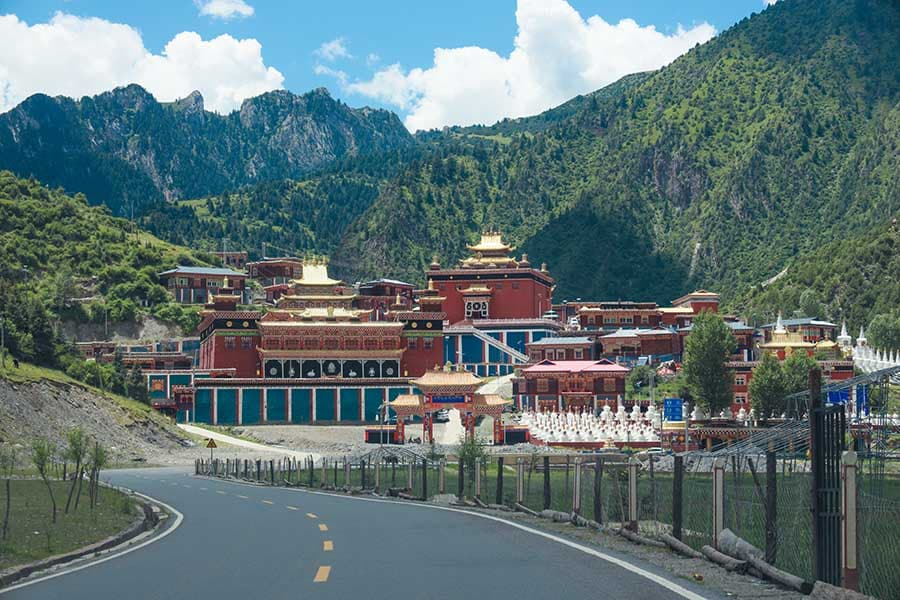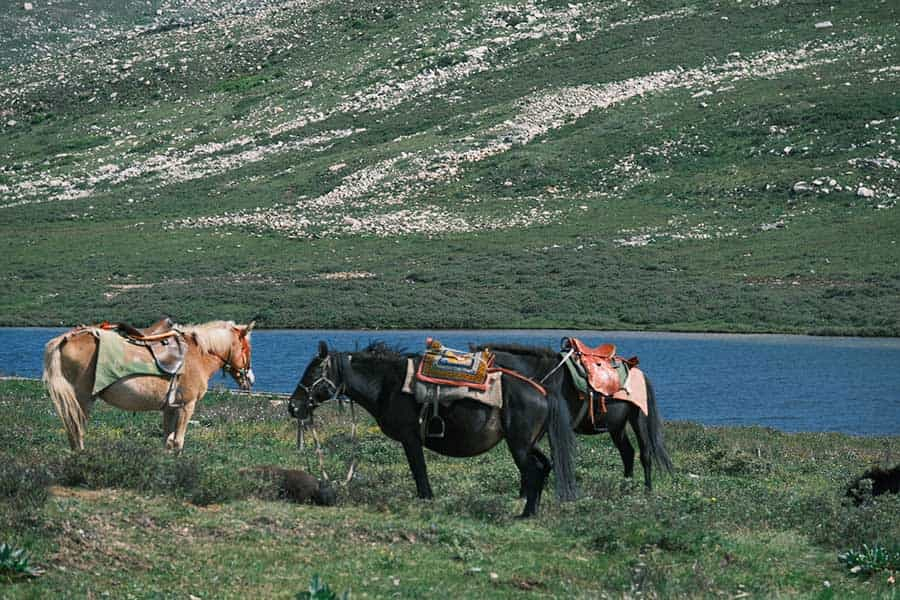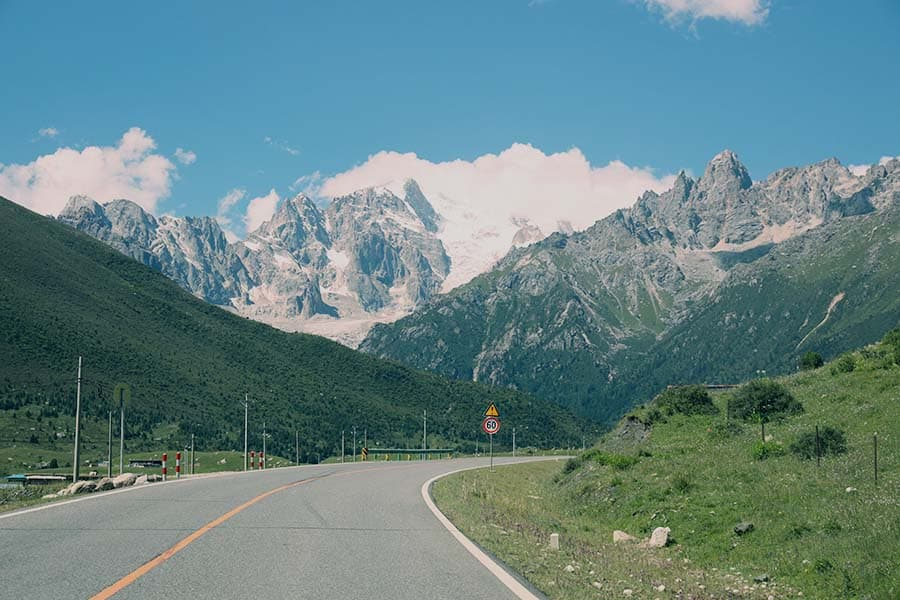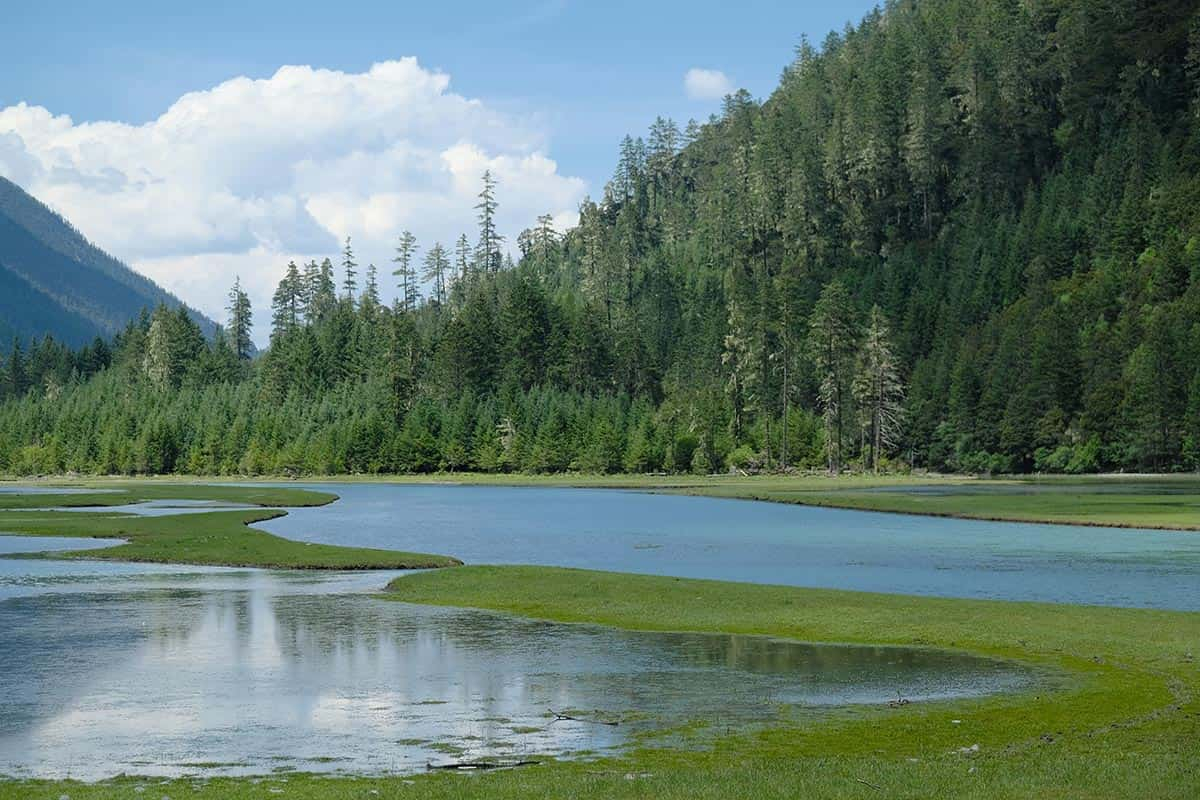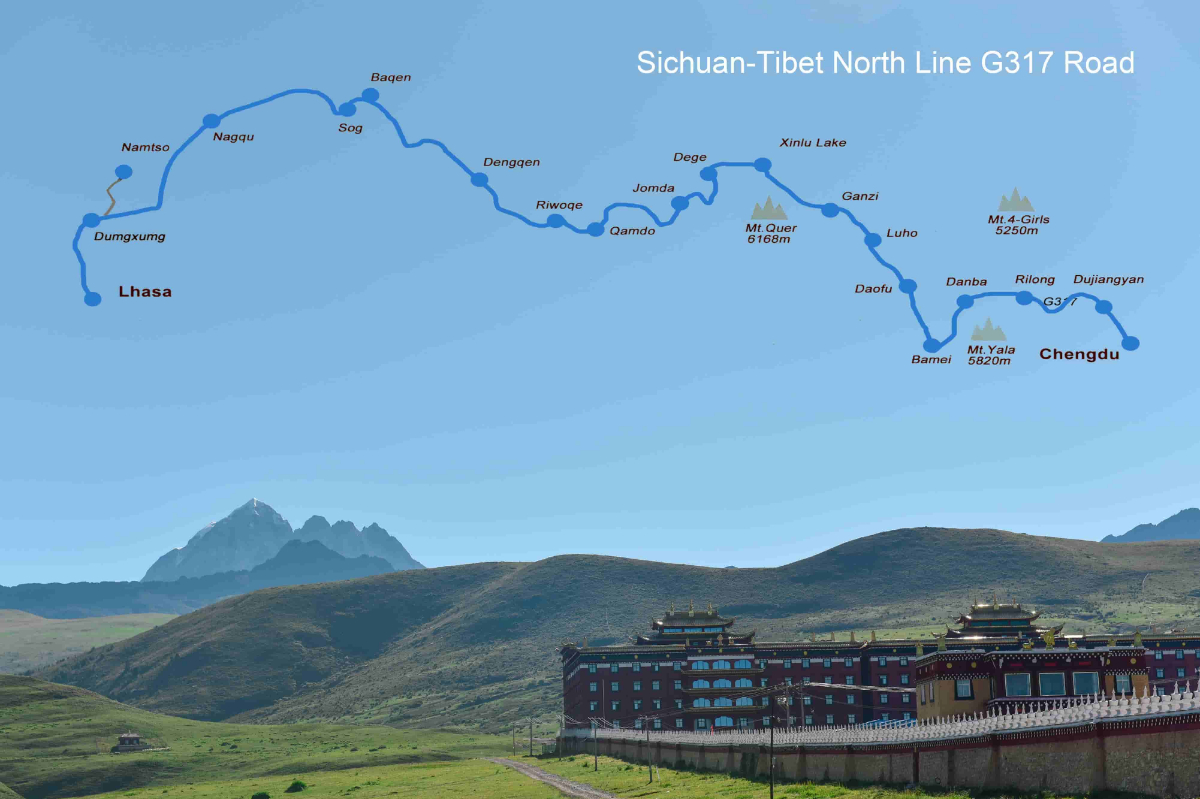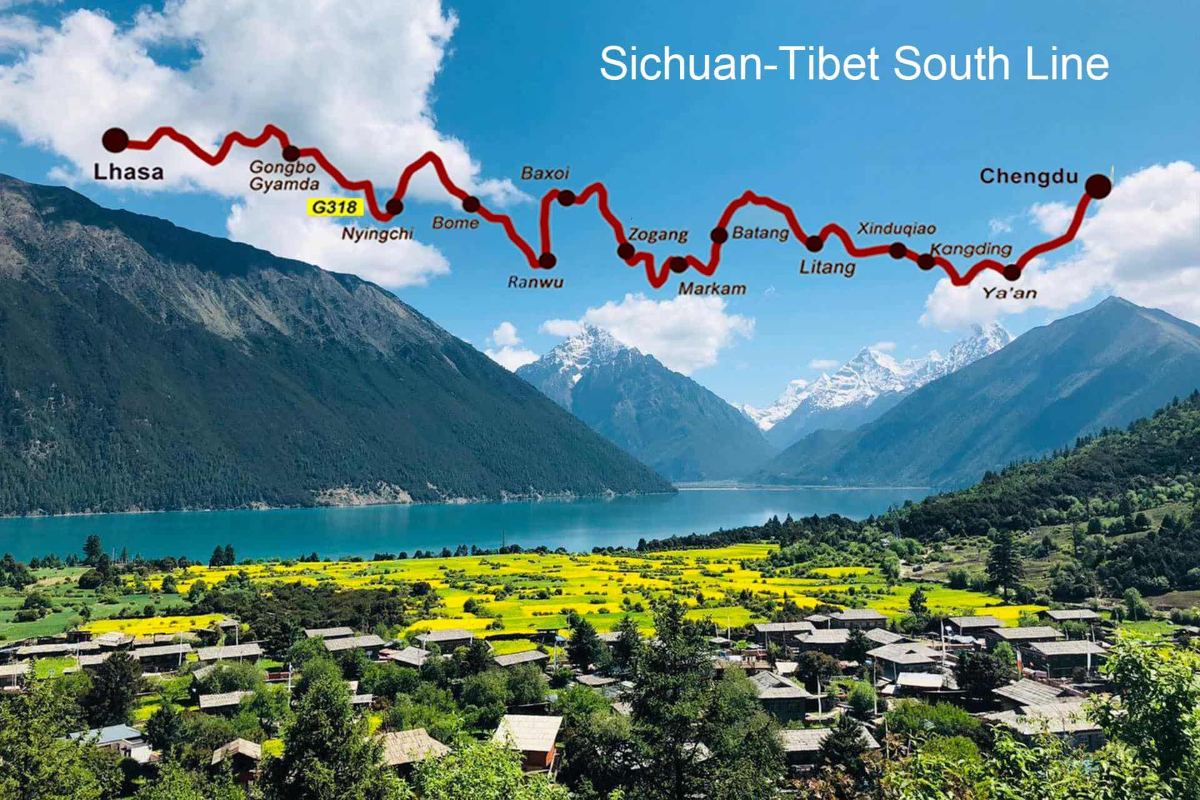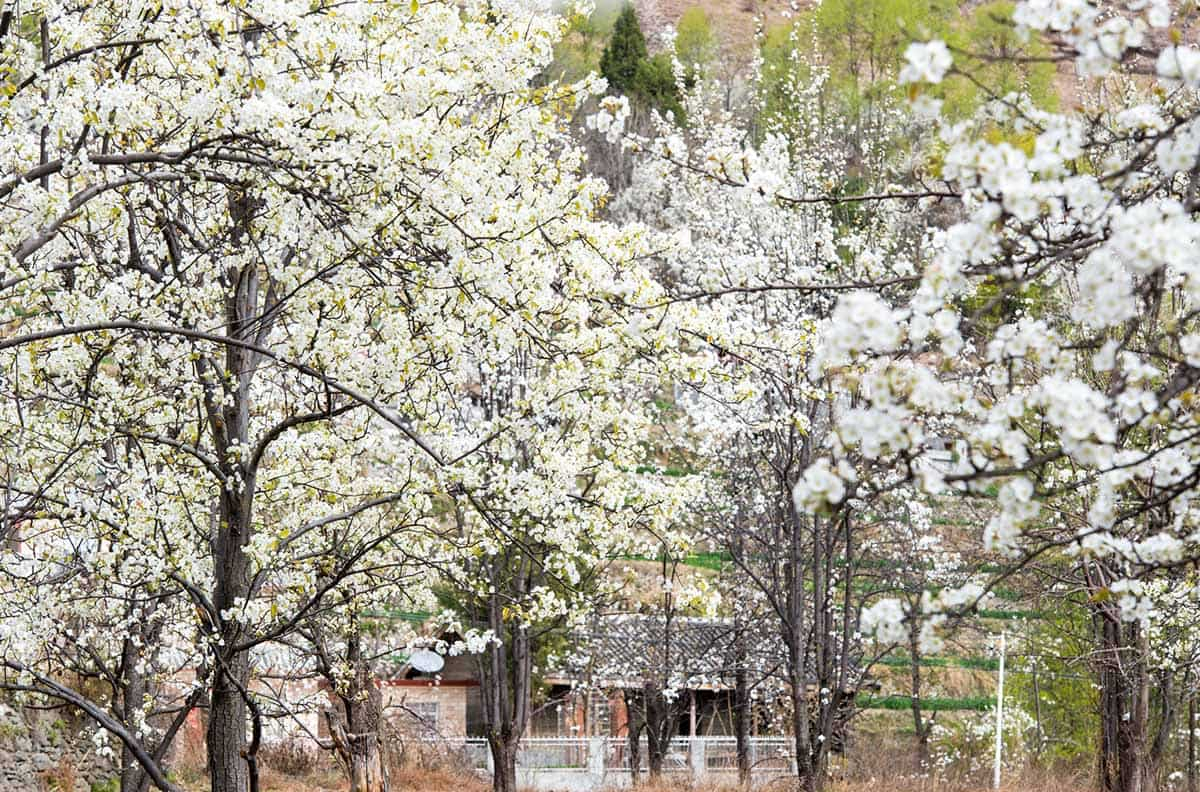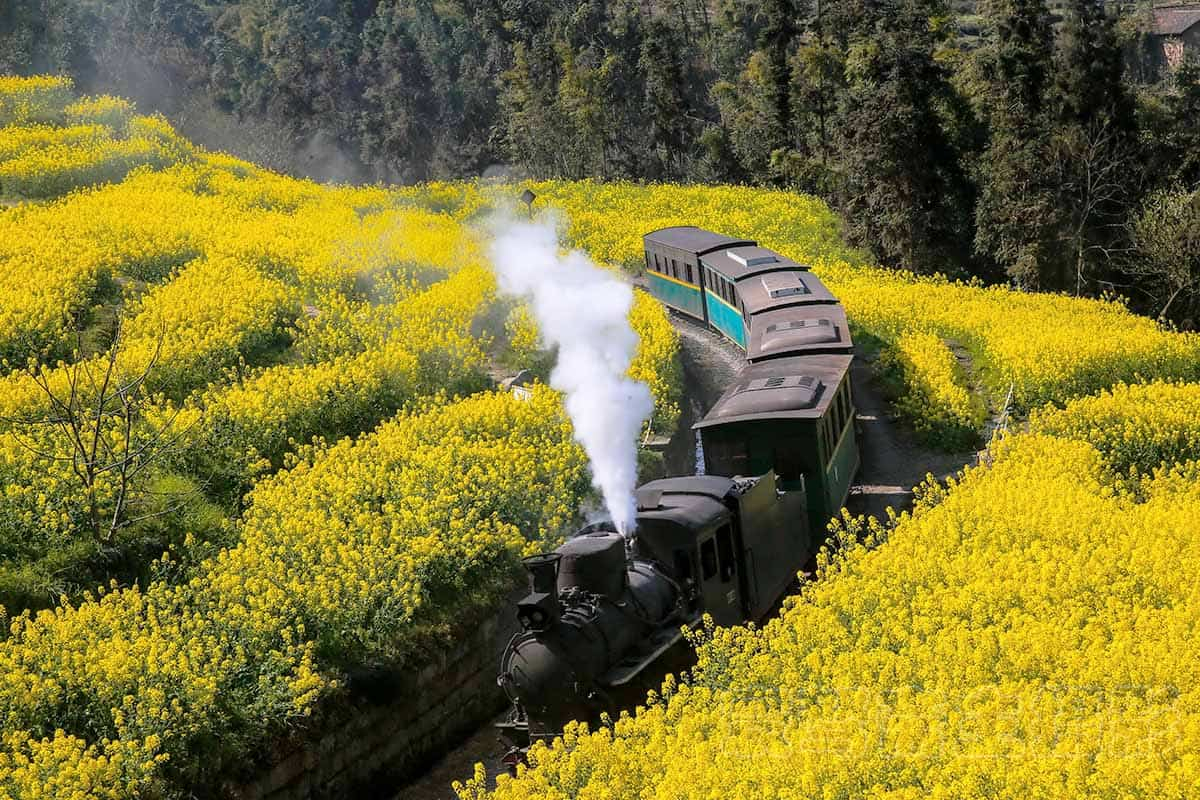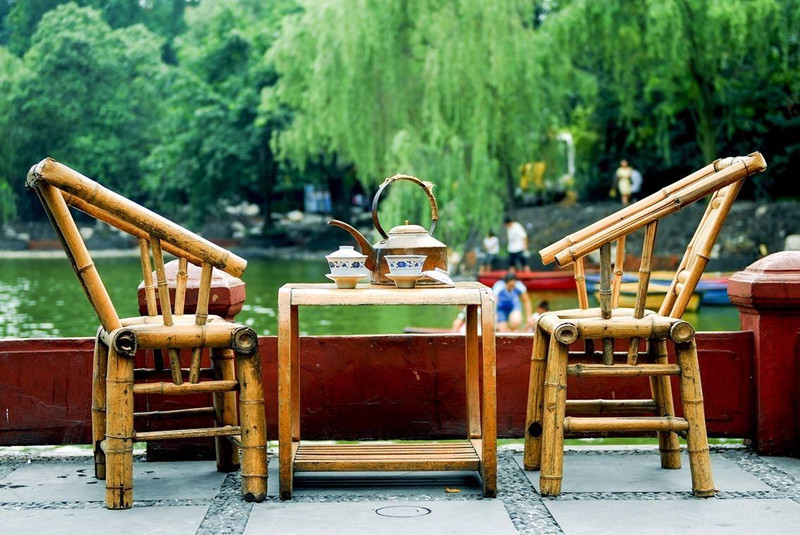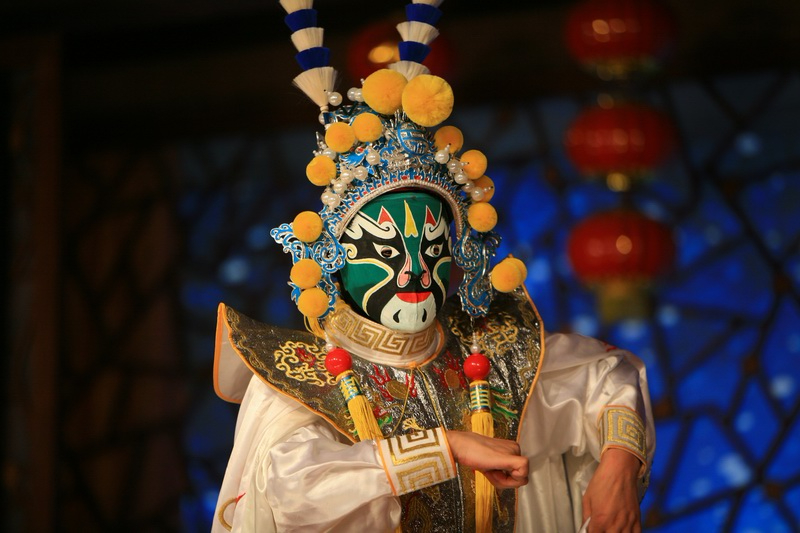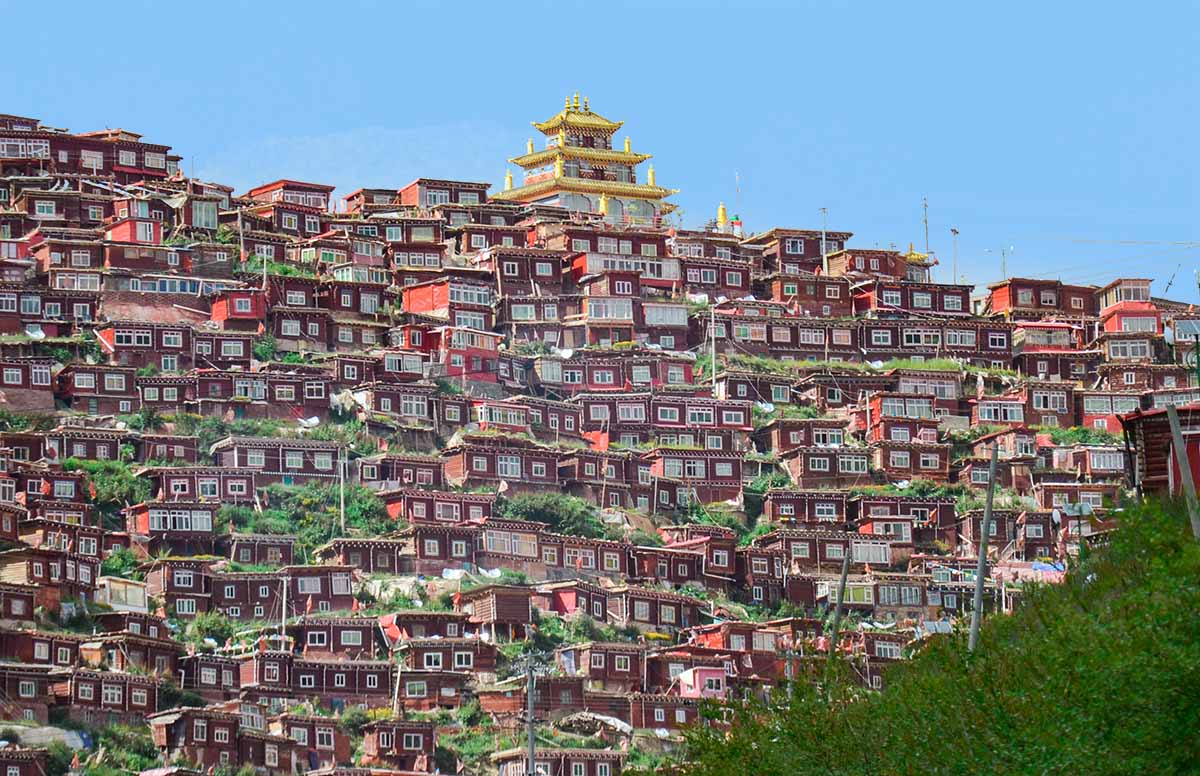Sichuan Yibin Travel Guide
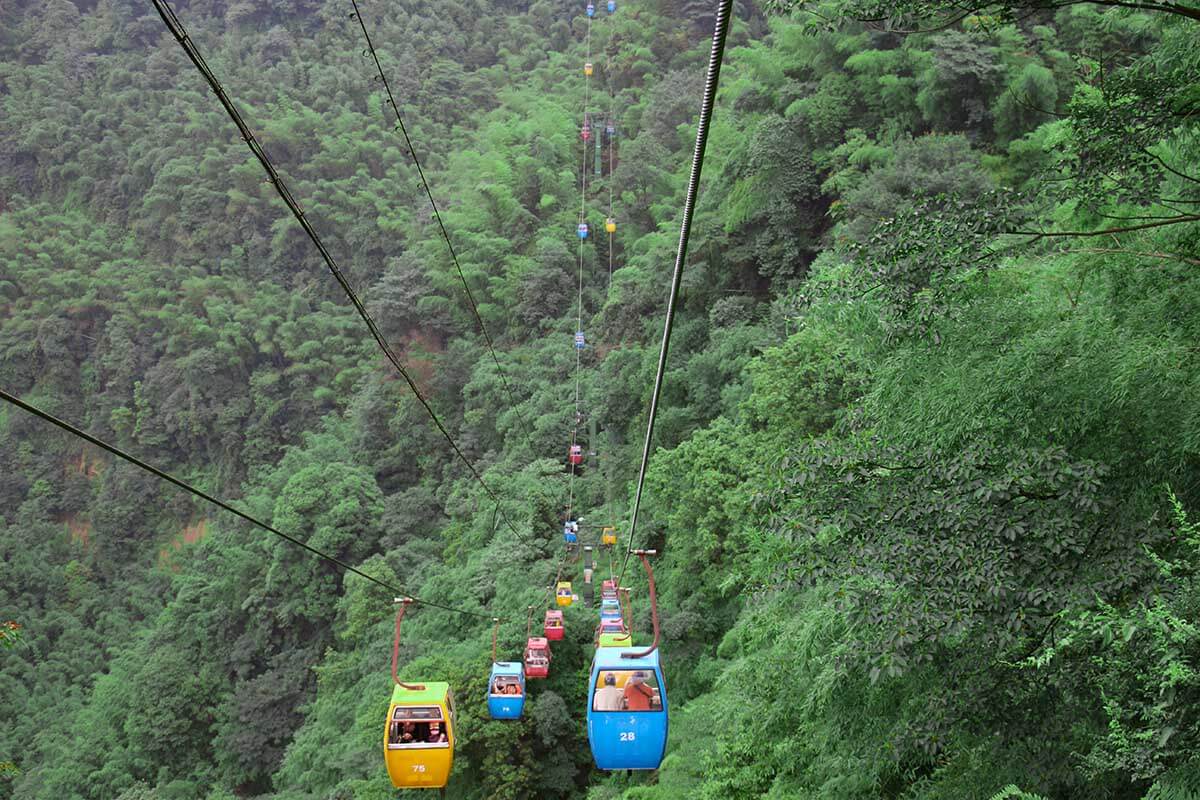
Yibin, a prefecture level city in the south of Sichuan Province, known as "the First City on the Yangtze River, the Liquor Capital in China and the Bamboo Capital in China". Located at the junction of Yunnan, Guizhou and Sichuan provinces and at the intersection of Jinsha River, Minjiang River and Yangtze River. The overall terrain is high in the southwest and low in the northeast, with a subtropical monsoon humid climate. The city's forest coverage rate exceeds 46%, and the content of negative oxygen ions in the air is as high as 47,000/cubic centimeter (Qidong Valley), which is extremely suitable for human habitation. Therefore, Changning County under its jurisdiction has become a famous longevity County.
Yibin City has an area of 13,283 square kilometers and a population of 5.52 million. In addition to the Han nationality, there are 24 ethnic minorities such as Yi, Tibetan, Miao, Hui(Muslim), Mongolian, Tujia, Buyi, Bai and Zhuang, among which the Miao, Yi and Hui are the permanent residents of Yibin.
Yibin is a national historical and cultural city with a history of 2,200 years of construction, 4,000 years liquor making and 3,000 years of tea planting. There were a large number of famous people in the past dynasties, accumulating colorful Yangtze River culture, wine culture, Bo and Miao culture, Nezha culture, Anti-Japanese War culture and folk customs.
● Cultural heritage
Yibin has 34 world level, state level and provincial level scenic spots and 58 state level and provincial level key cultural relics protection units. Among them, there are seven cave cliff tomb groups(Eastern Han Dynasty), Jiuzhou Pagoda(Song Dynasty), Daguan Pavilion(Qing Dynasty) and 15 other national key cultural relics protected units. Three National intangible cultural heritages: "Wuliangye liquor traditional brewing techniques", "Jiang’an bamboo carving" and "high stage opera".
● Cultural characteristics
Wine culture
Yibin has been a multi-ethnic area since ancient times. Relying on the customs and experience passed down from generation to generation, the people of all ethnic groups living here have brewed wines with their own characteristics in different historical periods ever since the Pre-Qin Period (from the birth of ancient human beings to 221 BC).
Bamboo culture
Yibin is a city surrounded by green bamboo. The bamboo Sea in South Sichuan, made famous by the movie Crouching Tiger, Hidden Dragon, is a representative of Yibin's "bamboo beauty", covering 120 square kilometers. With the help of abundant bamboo resources, formed many handicrafts with bamboo as raw materials, varieties covering all aspects of people's life, such as bamboo, bamboo root carving, bamboo weaving, especially Jiangan County Bamboo Carving was listed in the national intangible cultural heritage protection in 2008. Yibin people make various dishes with bamboo as raw materials, thus forming the "whole bamboo banquet". Different varieties, different growing stages of bamboo and different parts of bamboo can be combined with other delicious raw materials to make "bamboo delicacies", such as bamboo rice, bamboo root wine, bamboo leaves yellow cake, zhusun soup(cryptic fungus parasitic on the roots of withered bamboo), cold mixed bamboo shoots and so on.
Great River culture
In Yibin, there are Yangtze River, Jinsha River, Minjiang River, Yujiang, Fujiang, Hengjiang, Yuexi, Nanguang, Huangsha, Cuihe rivers, etc. It is these rivers that bring prosperity to Yibin, and it is these rivers that give birth to Yibin's great river culture and continue Yibin's cultural roots. The Great River Culture of Yibin includes dragon worship, worship of "God of Rivers", built pagodas to suppress water monsters, wharf folk customs, etc. Yibin is the starting point of the Yangtze River, there were "six ferry eight gangs" at the wharf in the old days.
Bo people culture
The Bo ethnic group is one of the ethnic groups that used to live in Yibin for a long time. The Bo culture of Yibin already disappeared, only relics and remains worthy of inquiry. It can only be seen from the bronze drums and hanging coffins buried on cliffs.
Tea culture
In 1022 BC, the Bo people founded the Bo marquis state. Yibin has a history of tea production for 3,000 years and is a post station on the ancient Tea Horse Road.
● Top things to do in Yibin
Shunan Bamboo Sea
The Bamboo Sea in South Sichuan is a national 4A(second level) scenic spot, covering an area of 120 square kilometers, with 44 square kilometers as the core scenic spot. There are eight main scenic spots, two major sequence scenic spots and 134 scenic spots. In 2009, it was included in the Preliminary List of National Natural and Cultural Heritage of China.
Lizhuang Ancient Town
Lizhuang is a national 4A(second level) scenic spot, a famous town of Chinese history and culture and a state level town with beautiful environment. Lizhuang town is 19 kilometers away from Yibin city, one of the four cultural centers in the rear area during the Anti-Japanese War. There are two national key cultural relic protection units in the town.
Qidong Valley Scenic Spot
Qidong Valley is a national 4A(second level) scenic spot, a national key cultural relic protection unit and a national forest health base pilot construction unit. The scenic spot is about 12 kilometers away from Changning station of Chengdu-
Guizhou high speed railway. There are 9D Cloud Sea Glass Bridge (span 388 meters, height 188 meters), Mianxi River Grand Canyon ecological rafting (length 3 kilometers), dry slide (length 328 meters, height difference 188 meters), grand canyon slip line (length 400 meters, 80 meters high), super high shouting fountain, thousand year machilus forest, Eastern Han dynasty ancient temple Feiquan Temple and the national key cultural relics protection unit of the Eastern Han dynasty seven caves cliff tomb groups.
Xijia Mountain ancient dwellings
Xijia Mountain ancient dwellings is a national 4A(second level) scenic spot, Xijia Mountain scenic spot - living fossil of ancient Chinese folk architecture. Xijia Mountain scenic spot is 15 kilometers away from the Bamboo Sea in South Sichuan. It was approved as a national key cultural relic protection unit in 1996 and is one of the intact ancient residential buildings in China.
Laojun Mountain
Laojun Mountain is a national nature reserve and a scenic spot in Sichuan Province. Laojun Mountain is the highest peak in southern Sichuan. Sichuan Laojunshan National Nature Reserve is China's first Sichuan mountain partridge nature reserve and the third national nature reserve in Yibin.
● Yibin Food&Drinks
Yibin burning noodles, bamboo dishes, garlic paste sliced meat in Lizhuang Town, glutinous rice dumpling in lotus leaves, dried bean curd in Nanxi, pickles, bacon, etc.
● Yibin Transportaion
Airport: Yibin Wuliangye Airport is about 11 kilometers away from the city of Yibin, with 21 navigable cities.
Railway: Yibin has many railway lines, all of which will be completed by 2025, making it a railway hub in southern Sichuan, including the completed Chengdu-Guizhou high speed railway.
Highway: There are 6 highways in the area. It is about 240km/3 hours to Chengdu and 260km/4 hours to Chongqing.
Waterway: Minjiang River and Jinsha River confluence in Yibin urban area. Yibin urban area as the center, along the Minjiang River to the northwest to Leshan, along Jinsha River to the southwest to Shuifu in Yunnan Province, along the Yangtze River east down to Shanghai. Yibin city has more than 10 rivers, navigable mileage is 963.3 kilometers.
● Yibin Weather
Yibin city belongs to the subtropical humid monsoon climate, low hills and valleys have the climate attributes of the subtropical. It has the characteristics of mild climate, abundant heat, abundant rainfall, appropriate light, long frost free period, warm winter and early spring, and distinct four seasons.
The annual average temperature is about 18℃, the annual average precipitation is 1,050 to 1,618 mm. May to October is the rainy season, the precipitation accounts for 81.7% of the whole year. The main flood season is From July to September, the rainfall is more concentrated, accounting for 51% of the total annual rainfall. The annual average sunshine is 1,000 to 1,130 hours, and the frost free period is 334 to 360 days. The annual average wind speed is only 1.23 m/s, mostly northwest wind and northeast wind, quiet wind frequency is larger, up to 34-53%, wind speed is small.
- HOTEST
- RECOMMEND
